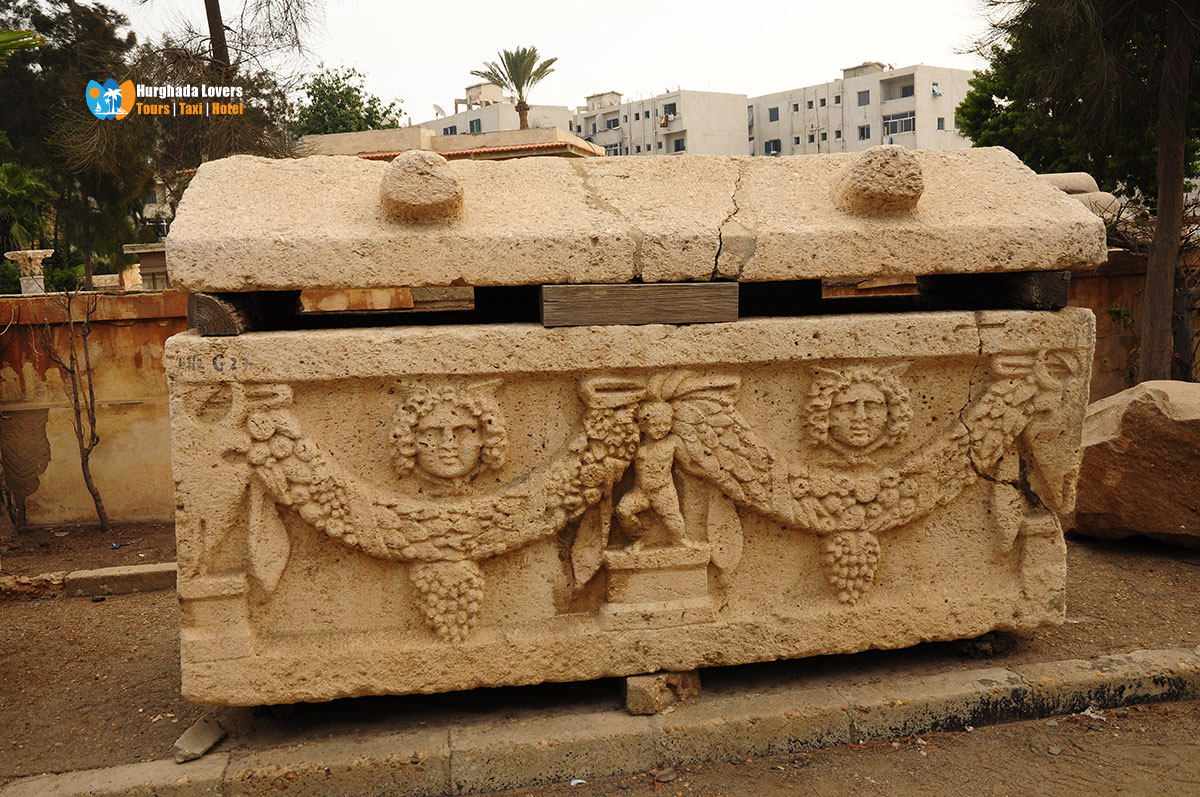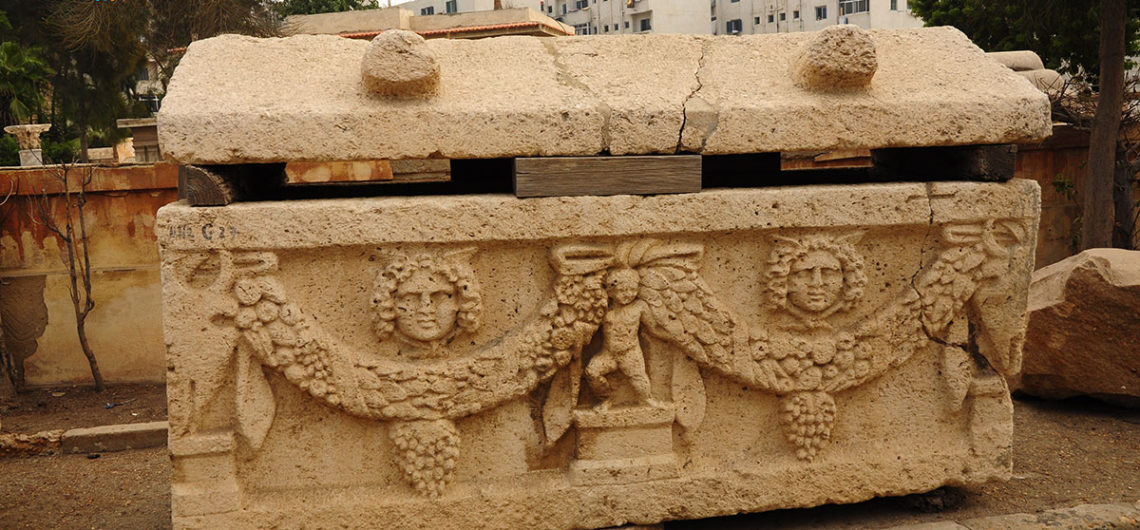What to see in Alexandria?
Places to go out in Alexandria, Egypt | Discover the most important recreational activities in Alexandria, tourist places in Alexandria, and the best tourist attractions for outings for families, children, and youth, and learn about visiting hours and ticket prices to visit the distinctive recreational and archaeological tourist attractions in Egypt.
What to see in Alexandria?
Tourist Attractions in Alexandria
Pharaonic Tourist attractions in Alexandria
Monuments of Marina in El Alamein
Islamic Tourist attractions in Alexandria
Citadel of Qaitbay in Alex
Mosque of Abu al-Abbas al-Mursi
Coptic Tourist attractions in Alexandria
Saint Mark’s Coptic Orthodox Cathedral
St. Catherine’s Cathedral, Alexandria
The ancient lighthouse of Alexandria
The history of building the historic lighthouse, the most important places to go out in Alexandria, tourist attractions in Egypt, how it was one of the Seven Wonders of the Ancient World, what was the interior engineering design of the lighthouse, and secrets you never knew before.
The lighthouse was built during the reign of King Ptolemy I, and then King Ptolemy II inaugurated it in 279 BC.
It was considered one of the Seven Wonders of the World according to an ancient assessment. It was built by the engineer Sostratus..
The Lighthouse of Alexandria is located at the eastern entrance from the southeastern direction of Pharos Island. It was designed on 4 floors with a height of 135 meters and a spiral staircase between the floors made of limestone and granite and the use of marble decorations..
The first floor is square in shape and includes 300 rooms for storing fuel and ship equipment and bedrooms, in addition to a group of bronze statues on the roof representing Triton, the god of the seas, and engravings on the southern facade in which the engineer Sostratus dedicates to the two savior gods, as was believed in ancient times..
The second floor was octagonal in shape and the third floor was circular in shape. It contained a 7-meter-high statue of the sea god Poseidon, which was used to lift fuel and wood into it..
There was a large lens on the roof to guide ships to the location of the port of Alexandria, but in 641 AD, large parts of it were destroyed.
King Ahmed Ibn Tulun restored the Lighthouse of Alexandria in 880 AD, but the lighthouse was completely destroyed in the fourteenth century AD as a result of major earthquakes..
Then Sultan Qaitbay built the citadel from the remains of the stones in 1840 AD..
Temple of the Caesareons – Egyptian Temples
History of the construction of the Temple of Caesar, the most important ancient Pharaonic temple in Alexandria.
Caesarean Temple – Secrets you never knew before about the Pharaonic Egyptian Monuments in Alexandria and the history of building the ancient temple to tell us the history of the queens of ancient Egypt “Female Pharaohs“, the Egyptian Pharaohs kings and the queens of Pharaonic Egypt in the civilization of Ancient Egypt.
Queen Cleopatra VII built the temple in the Ptolemaic Kingdom, and it was named Mark Antony. The Obelisks of the pharaohs were added with the names of the Pharaohs, King Thutmose III of Eighteenth Dynasty of Egypt in The New Kingdom era, and King Ramses II of the Nineteenth Dynasty of Egypt, in addition to the name of King Seti I. They were brought from the Temple of Ain Shams, the most famous funerary Mortuary Temples in Memphis at the time..
Imperator Augustus of the Roman Empire “Greek-Roman era” restored the temple, but unfortunately the obelisk of Thutmose III was transferred to London in 1877 AD on the River Thames, and the obelisk of King Ramses II and King Seti I was transferred to Central Park in New York in 1879 AD..
Artifacts of crabs were found under the bases of the obelisks, in addition to texts and writings in Latin and Greek, indicating that the obelisks were built during the reign of King Augustus in the eighth year..
Waterfall Tank
History of water tanks in Alexandria The most important Pharaonic monuments in Alexandria from the Roman era that were discovered next to the Anfushi tombs in Alexandria, Egypt.
Four water tanks were discovered under buildings in Alexandria, one was found under the El Nabi Daniel Mosque, the second was found underground in Martyr Salah Mustafa Street, the third was discovered in the Amoud Valley hill, and the last was the waterfall tank in the courtyard of the Anfushi Tombs.
The largest of them is the water cistern known as the Waterfall Cistern. It is square in shape and has 3 floors divided into 5 sections with columns made of granite and different shapes for each section, with capitals bearing engravings and symbols from the Coptic period and the ancient Roman era..
Bardisi monuments – What to see in Alexandria
The most important Pharaonic monuments in Alexandria and the archaeological tourist attractions in Egypt from the Roman era. Learn about the history of the construction of the most important tombs and cemeteries in ancient Alexandria and what are the visiting hours and entrance ticket prices for the Roman temple.
The Roman ruins of Bardisi were discovered in 1929 AD under the Sidi Abdel Razek Al-Wafai Mosque on Bardisi Street. Four column bases were found made of limestone covered with plaster and designed in the Ayyubid style. The distance between each base is 5 meters. There are two columns without capitals made of red granite above the bases..
Archaeologists believe that these columns and bases are the remains of an ancient Roman temple in the Bardisi ruins..
Roman Baths of Alexandria – What to see in Alexandria
The history of the oldest steam baths in ancient Egypt and the Pharaonic monuments in Alexandria. Valuable information about the baths that were discovered in the Kom El-Dikka and Abusir areas, their interior design, and more.
The Roman baths in Alexandria were divided into two sections: private baths, which are foot baths, where the bath is a deep stone basin for washing hands and feet and purification, and it had 1 to 2 steps, and bathtub baths, which were only found in palaces and the homes of the rich and were made of granite and basalt..
It is funny that some people convert Turkish baths into a bathtub-shaped coffin and make a cover from granite. You can see this type in the Greco-Roman Museum in the tourist city of Alexandria..
The second type of Roman baths in Alexandria is the public baths, which were spread everywhere and were made of red bricks. They consisted of 3 rooms, including cold water rooms, a hot water room, and a steam room or fire room, in addition to providing boilers to convert water into steam for relaxation and bathing at the same time..
The floors of the hot water room are built with a raised design, short columns and stone slabs to allow the excess heat to escape to ventilate the place..
A large group of Roman baths were discovered in Alexandria in the area of Kom El-Dikka, Abu Sir East and Abu Qir.
Black Head Temple – What to see in Alexandria?
The most important Pharaonic monuments in Alexandria and the ancient Pharaonic temples from the Roman era. The history of the establishment of the most important tourist attractions in Alexandria, Egypt, and what are the secrets of its construction.
The Black Head Temple is located on the agricultural road in the Abu Qir area leading to Montazah in Alexandria.
The temple was discovered in 1936 AD during excavation by chance and its construction dates back to the late second century or early third century AD..
It was discovered that the reason for its construction was that the Roman knight Isadorus offered it as a sacrifice and thanks to the God Isis “Egyptian deities – Ancient Egyptian gods and Goddesses” after his foot was healed after an accident while riding his chariot, as in the legends of the Pharaohs “Egyptian Mythology“.
The reason for naming the temple as the Black Head Temple is because it is located in an area known as the Black Head area. You will see the temple as a high platform with a staircase leading to a hall with 4 columns made of white marble and some engravings from the Greek text thanking Prince Isadorus to the gods..
Three statues of the goddess Isis, a statue of Heriocrates, a statue of Hormanois, two statues of Osiris and Canopus were found, and a small altar made of awl was discovered..
Behind the temple you will find the remains of dilapidated buildings and houses that were used as housing for the temple priests. All the statues in the temple were transferred to the Greco-Roman Museum in Alexandria, where it is now a very dilapidated temple..
Note: Facts and secrets of the history What to see in Alexandria will be added soon…
Hurghada Excursions Lovers, Best Travel Agency in Hurghada to provide daily tours to visit the Tourist attractions of Luxor by Hurghada to Luxor Tours and Hurghada to Pyramids Trips. Book online when you come to Hurghada, El Gouna, Sahl Hashish, Makadi Bay, Soma Bay.

